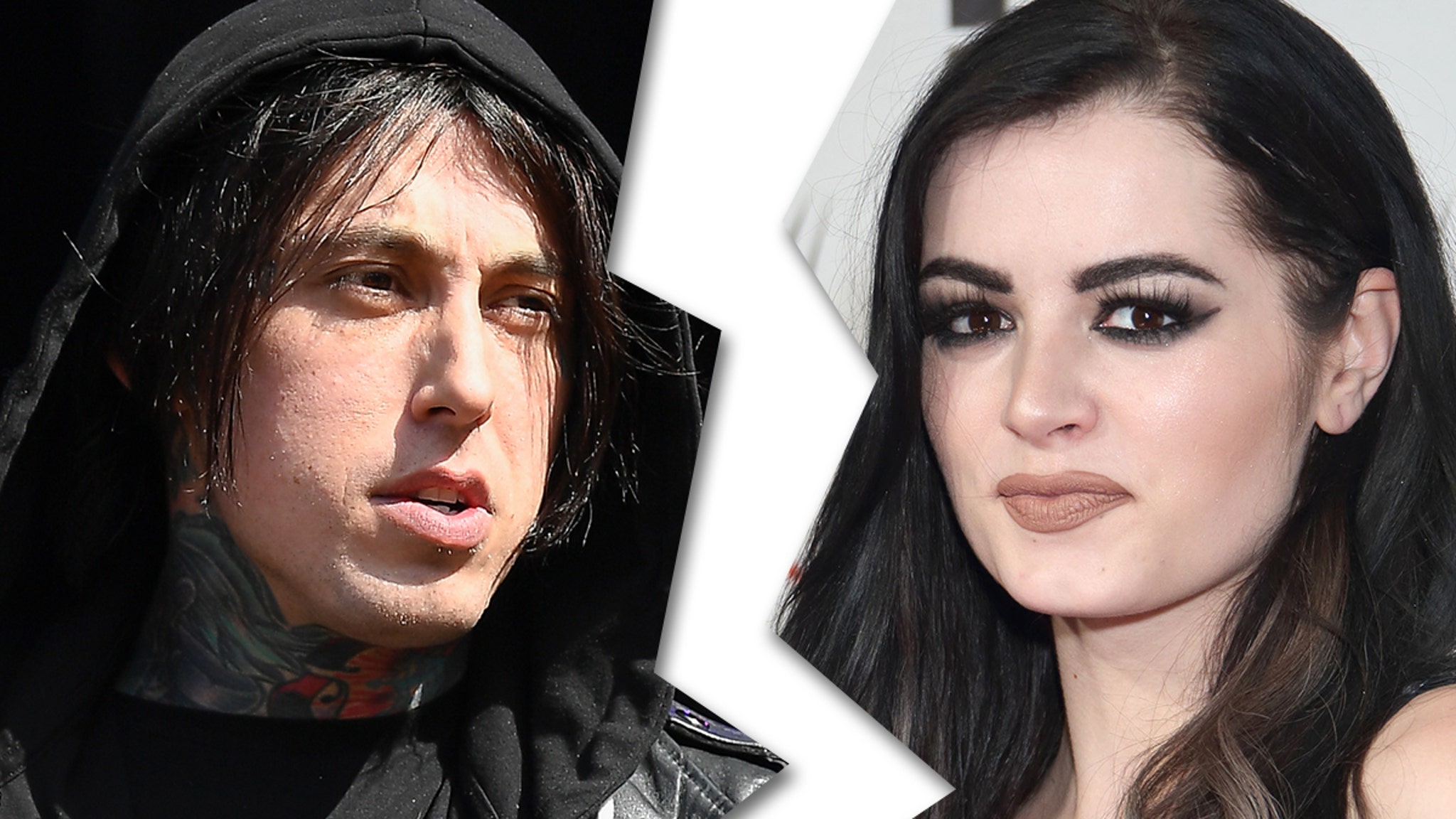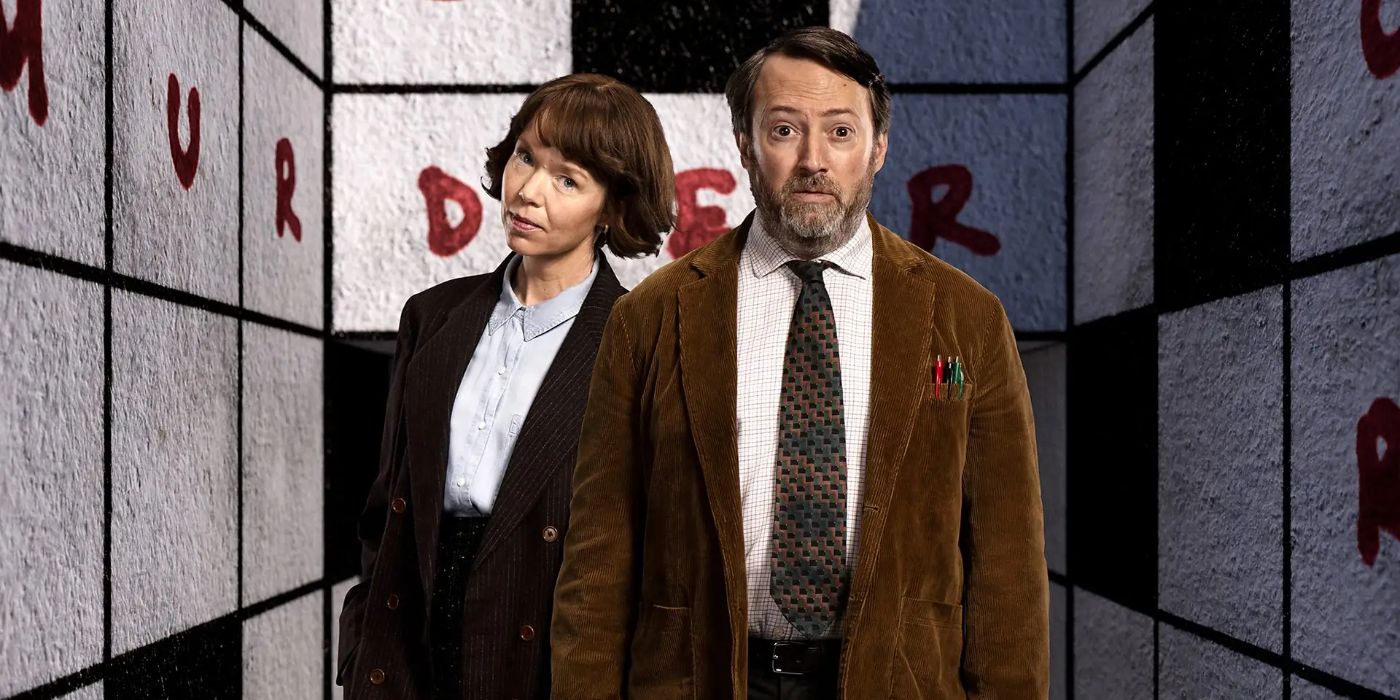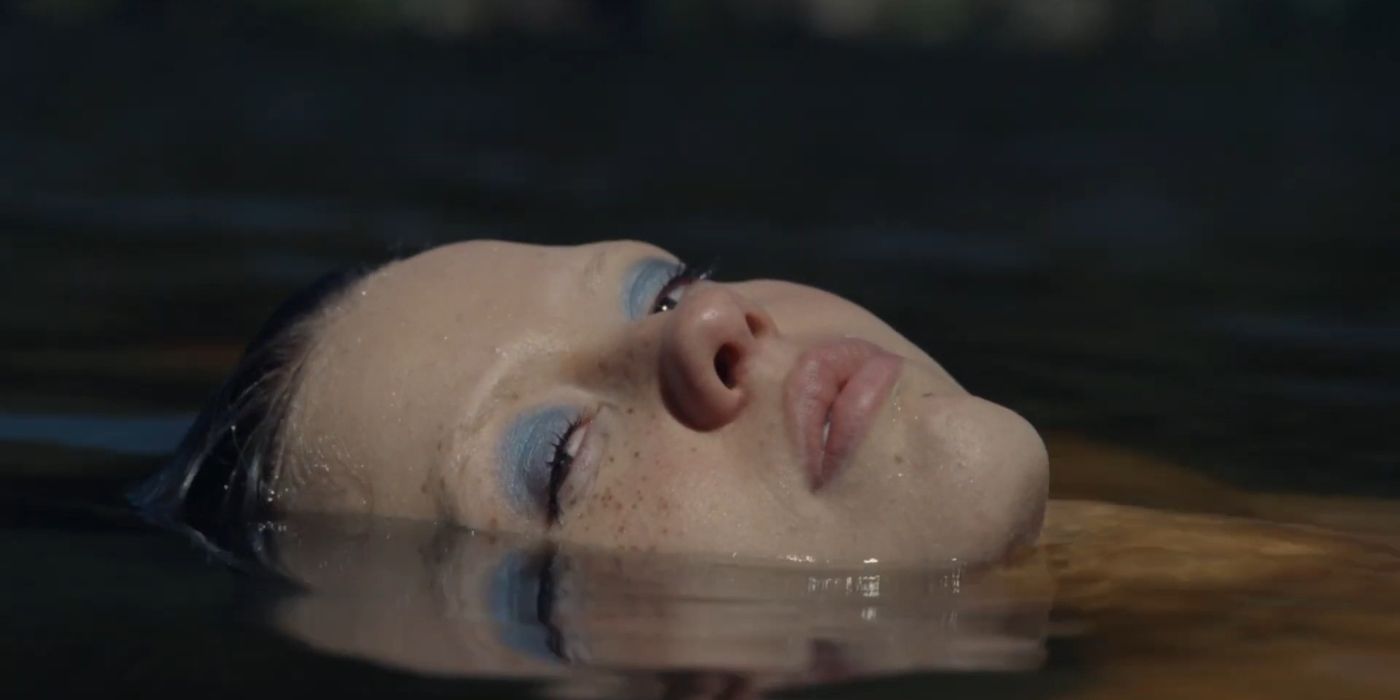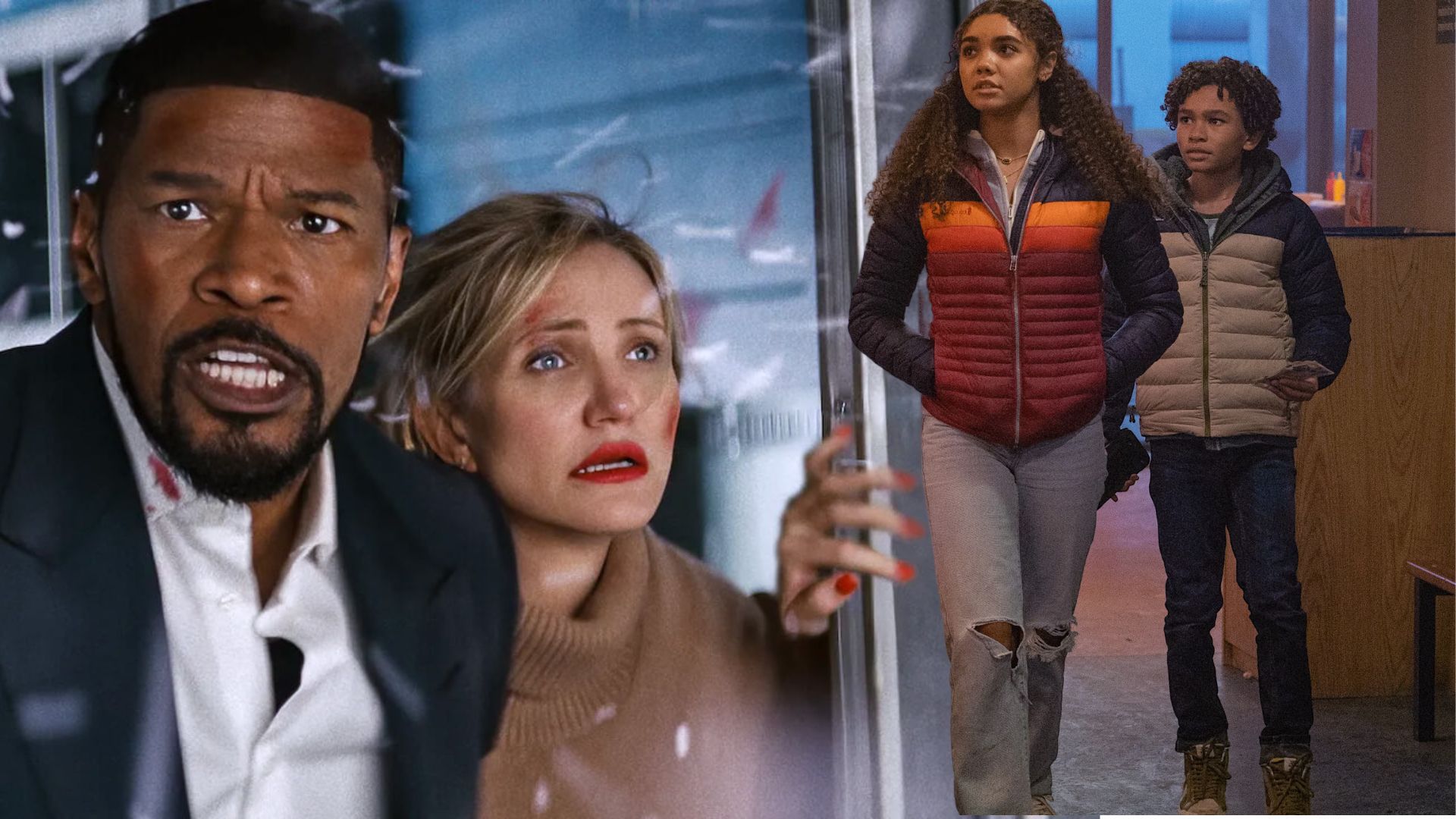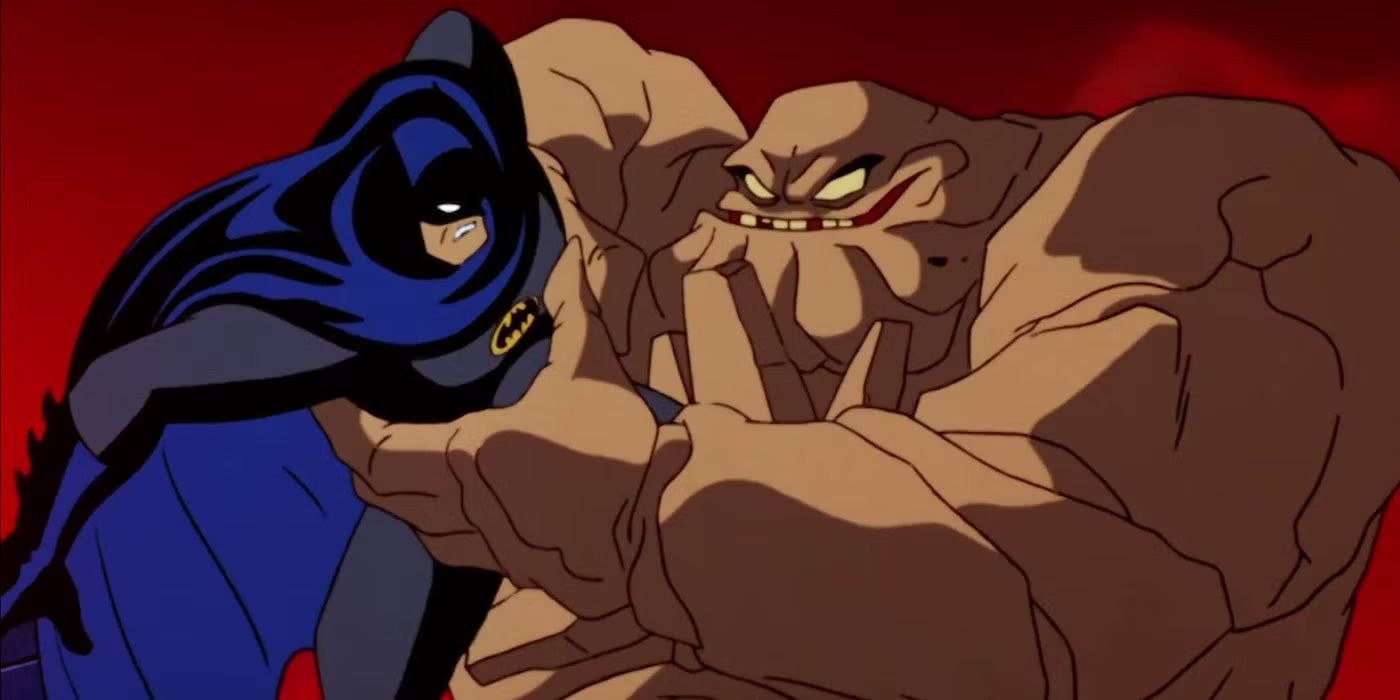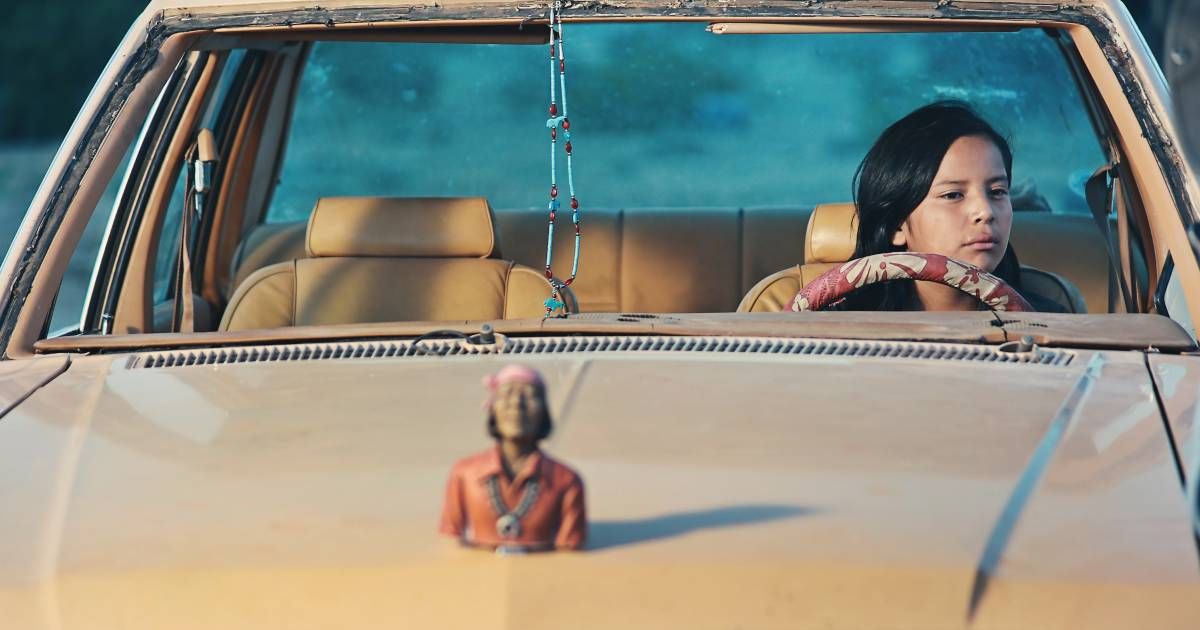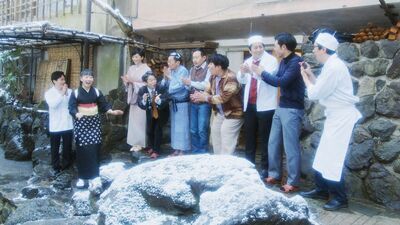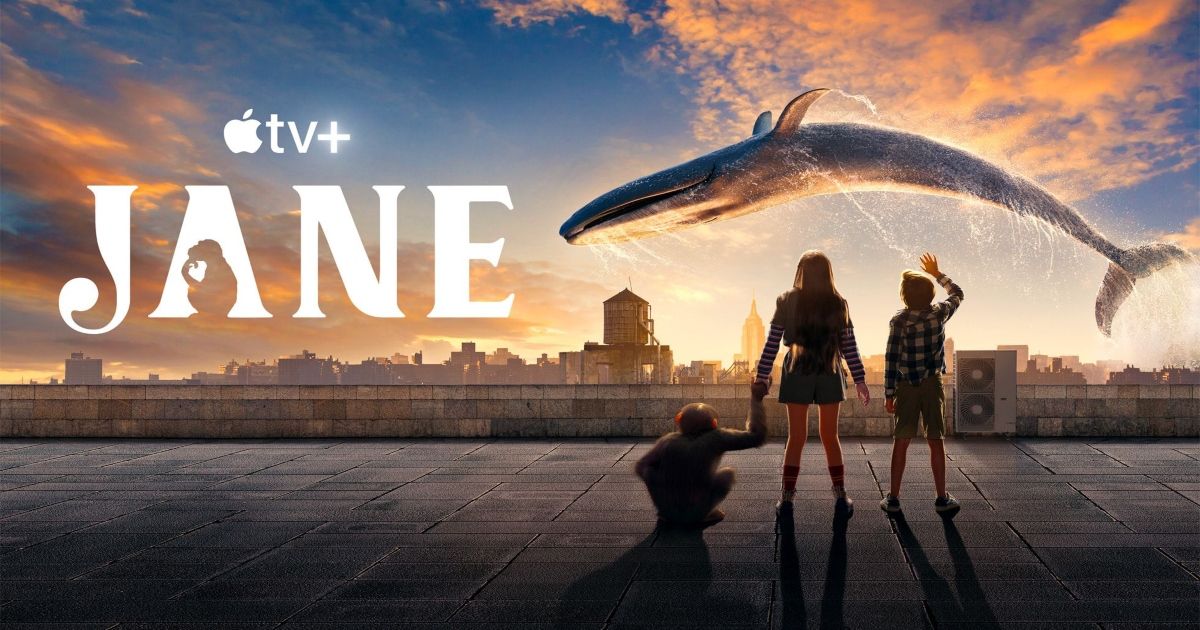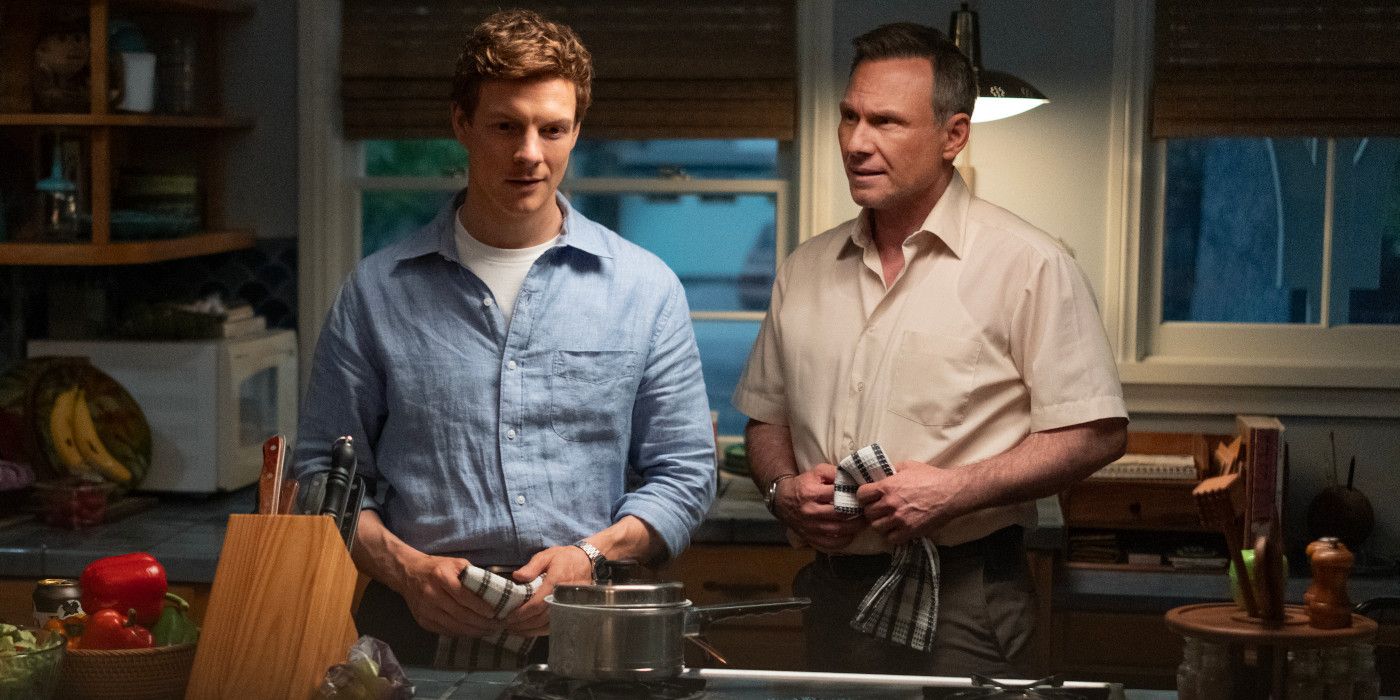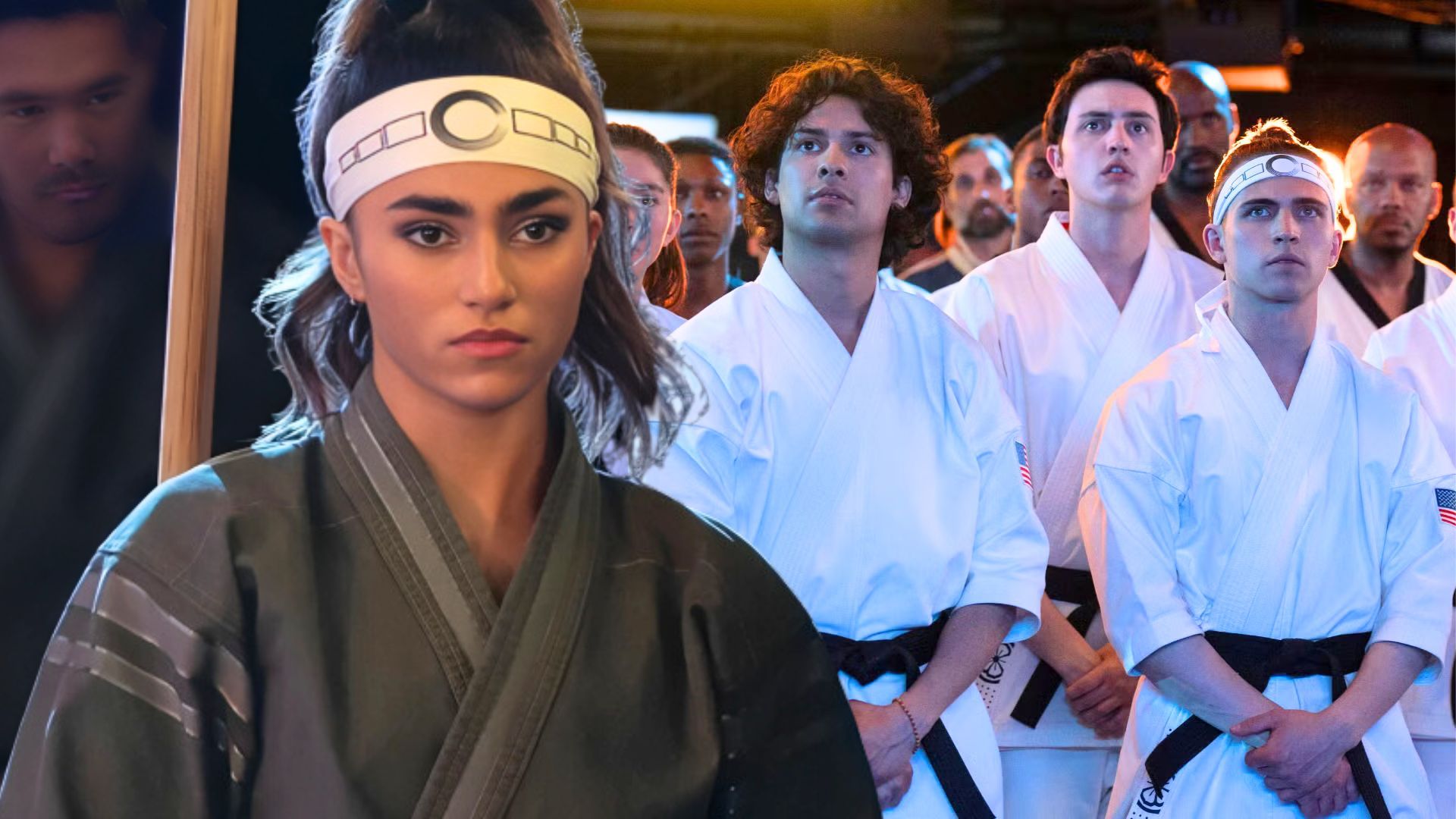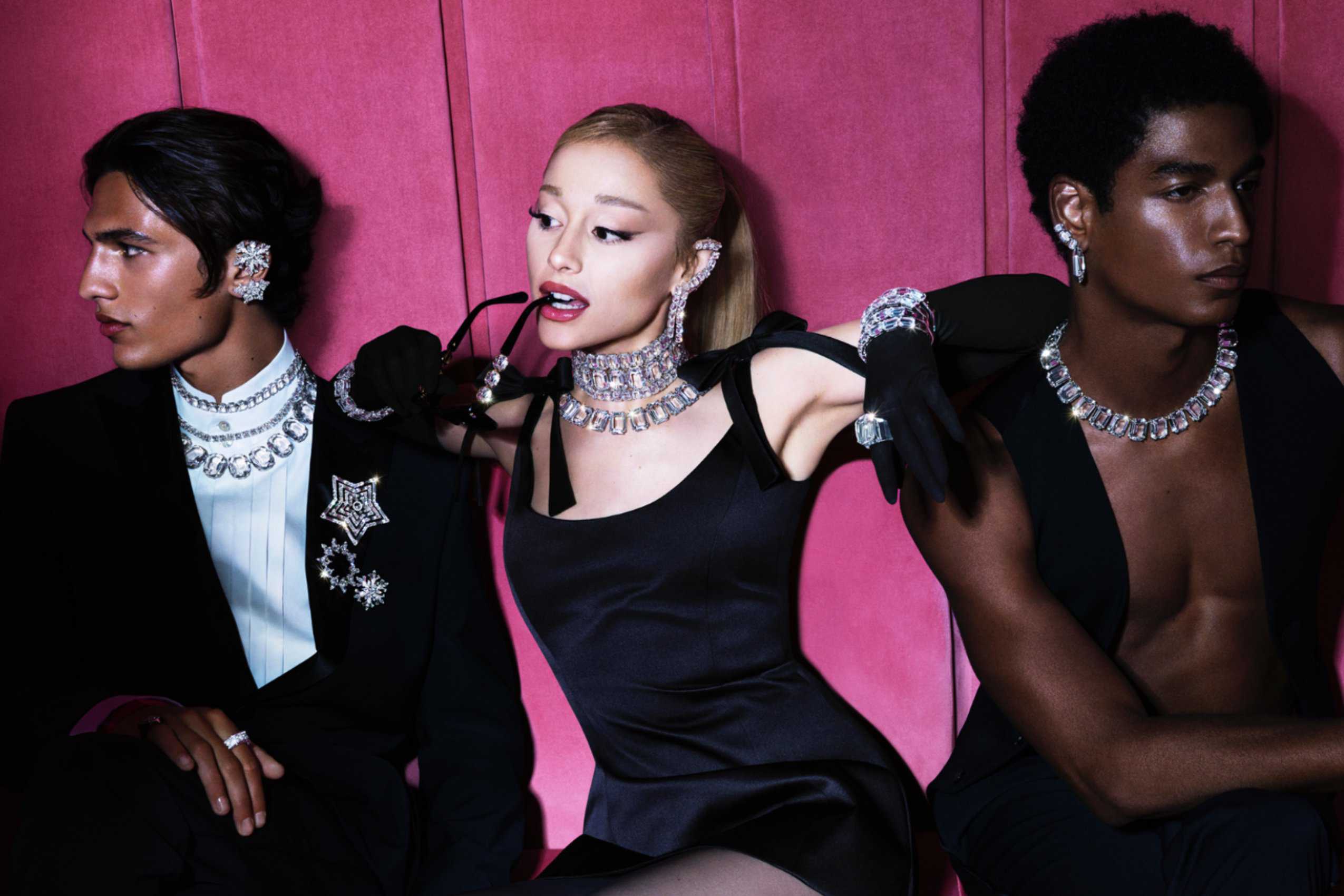Turns out, the young woman is young Bella (Grace Glowicki), ethereal and adorable, smiling at the confused Preble as though she has known him all her life. Their dream adventures are many, but there is always the threat of interruption, of being “found” by Buddy, who keeps showing up, wielding buckets of fried chicken, shouting advertisement slogans, all designed to put Preble back into the passive state of consumer.
Audley and Birney have created an open space where associations float, or zig-zag, or intersect, where fascinating strange things happen—and maybe they’re connected, but maybe they’re not—since that’s how dreams are. Preble moves through Bella’s dreams, getting to know her through her associations and symbols. There are blob-like creatures who show up repeatedly—sometimes they are made of mud, sometimes of grass, sometimes they appear to be made up entirely of video tape. There are talking human-sized mice in sailor suits, manning a “Master and Commander”-type ship, as Captain Preble sets out onto the high seas searching for young Bella. Caterpillars take on enormous meaning, as do beets. The dreamworld bleeds into the real and vice versa, leading Preble to make his observation that he thinks he is losing his mind.
This is a film about making associations, about opening yourself up to the powerful emotions held in those associations. Penny Fuller is such a comforting and lively presence, glimmering a smile at Preble, waiting for him to get it. Audley, a wonderful actor, moves as though in a daze: Preble doesn’t know how to make those associations, he only sees dreams as assets to be monetized. There are so many fun connections here: shades of Philip K. Dick’s Do Androids Dream of Electric Sheep?, “Eternal Sunshine of the Spotless Mind,” “Stranger Than Fiction,” “Joe vs. the Volcano,” “The Congress,” and even “Idiocracy.” Emir Kusturica’s haunting “Arizona Dream,” where the four insomniac protagonists wander in and out of each others’ often-incompatible dream worlds, is also a reference point. The influences are present, but they’re free-associative rather than literal. “Strawberry Mansion” is an eccentric hybrid, like a handmade Valentine.
Becca Morrin’s production design is a huge contribution, as is Lydia Milano’s art direction. Bella’s pink house is a beautiful space, filled with deep colors—greens and purples and pinks—and strange knick-knacks, little cubby-holes of creativity and self-expression, yet all part of a harmonious whole. Penny Fuller exudes the energy of the house: she is warm, inviting, calming, imaginative. Preble finds her irresistible. She is irresistible.
This is no self-serious morality tale, although “Strawberry Mansion” makes its points about freedom, identity, and the importance of human connection. What’s miraculous about it is how much space the filmmakers have given themselves to play around, to experiment, goof off, and in this “playing around” all is possible. “Strawberry Mansion” sacrifices nothing. It’s whimsical but it’s poignant, it’s light-hearted and it’s deep. There are no contradictions, and no awkward tonal shifts. Like Bella’s house, every detail is part of the whole. A “plot” emerges in the second half, when Bella’s son—the manipulative Peter (Reed Birney)—tries to stop Preble from doing his audit, and it’s not as interesting as Preble’s relationship with Bella, old and young, but this plot doesn’t dominate in the way it would in a more conventional film. Peter the son is yet another obstacle to Preble leading an authentic life. Bella, both old and young, has the secret, and the secret is simple, as most secrets are.
You can view the original article HERE.

